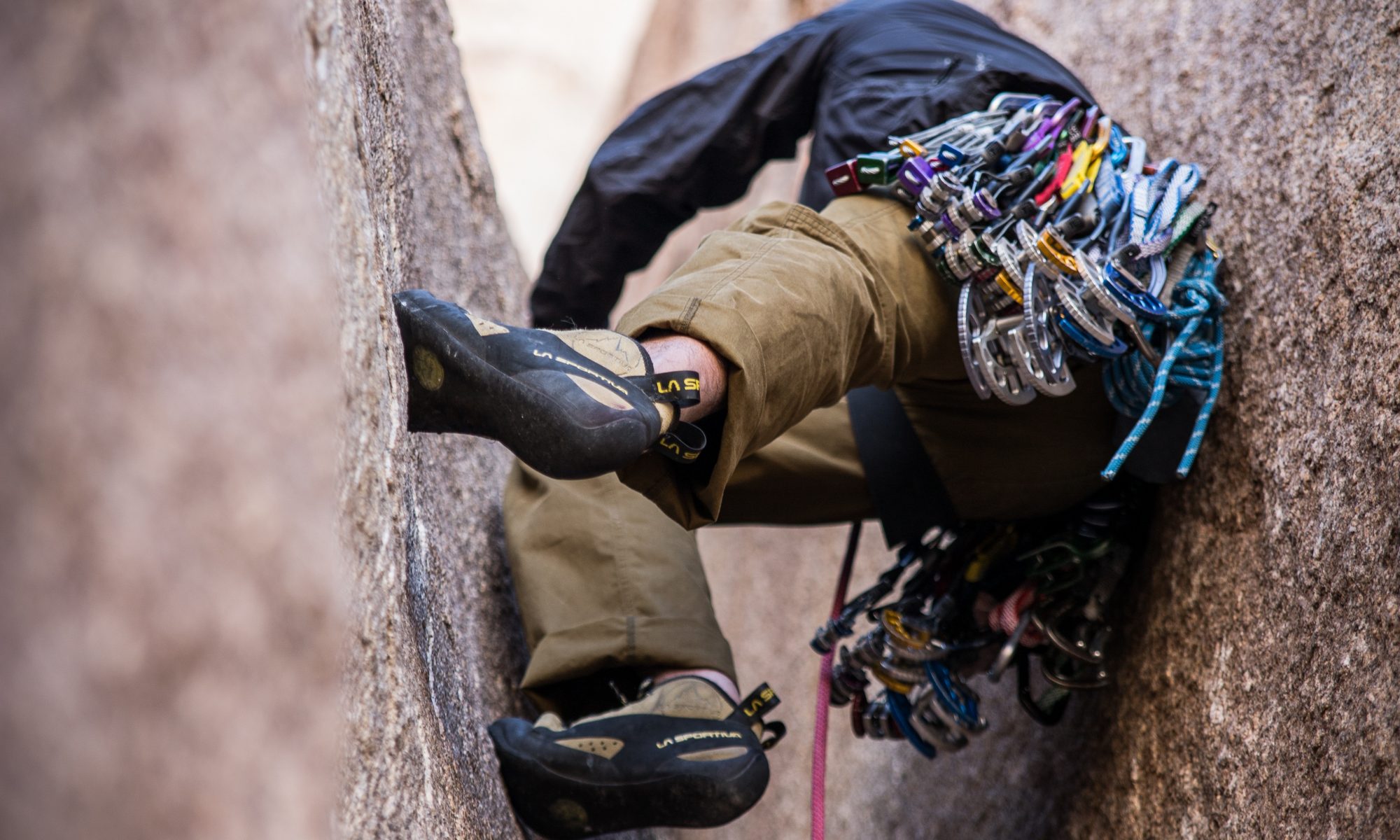Catch them doing something right. I remember this advice from when my children were small. The idea was instead of always pointing out the mistake a child was making (negative attention), I should actively watch for the actions, behaviours and attitudes I valued and give praise (positive attention). It worked.
Here’s the thing, it works with students too. In addition to the correct knowledge that we want them to have, we have skills, behaviours and attitudes we value. When we are assessing their work, we need to be looking to catching them doing something right. I was reminded of this when reading patches from the Open Faculty Patchbook. My nugget is:
“Give affirming feedback, where you highlight what the student has done well. This can be a powerful means of building student confidence and engagement, and can directly reinforce good performance. ” (Awwad & Bali, 2017)
This is sage advice for us in Extend West as we seek to grow in our knowledge, skills, behaviours and attitudes. We should give and seek affirming feedback in our learning cohort. I have been considering asking for feedback on my blog and thinking about what kind of feedback would best help me learn and grow. One technique I have used with classes is Stop, Start and Continue.

The basic model is to ask for three types of feedback. A stop, something I should stop doing. A start, a new idea to incorporate, to start. And finally, a continue, something that is good and that I should continue. The continue is always the part that makes me feel better after hearing all the things I do that I should and all the things that I don’t do that I should.
For blog posts, the model could be used by asking a critical friend the following questions:
- Stop – what is something that is detracting from my blog?
- Start – what is something that you have seen others do, or you do yourself that could improve my blog?
- Continue – what is something that you like about my blog that I should keep?
Structuring our request for feedback in this way can ensure that we get information that we can use and that affirms. When I think about my extending experiences, I feel a bit like the climber in the featured image, I am working my way up and even though I have some safety equipment, it still feels scary. I need advice like don’t put your foot there and use your guide rope as well as the keep going, you can do it. I need the stop, the start and the continue.
If you would like to explore how to use Stop, Start and Continue in the classroom, Boston University has a good explanation of getting feedback using this model. And here is an approach on using the model for team building from Retruim.
Featured Image Photo by Tommy Lisbin on Unsplash
References
Awwad, A. & Bali, M. (2017, May 25). Patch nine: Shifting your design of assessments. Retrieved from https://facultypatchbook.wordpress.com/2017/05/25/patch-nine-shifting-your-design-of-assessments/

